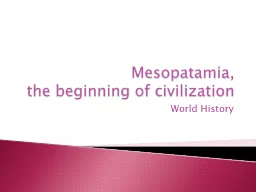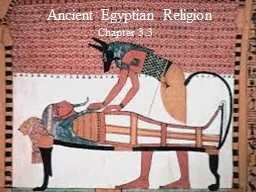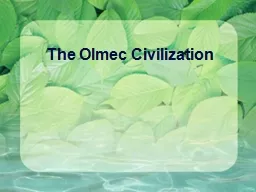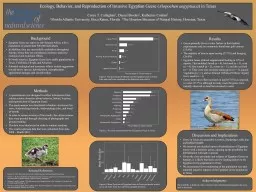PPT-Why did Egyptian civilization develop where and when it did?
Author : karlyn-bohler | Published Date : 2018-11-05
Barbara Tewksbury Hamilton College Why did Ancient Egyptian civilization develop where it did Presence of the Nile Nile is only transSaharan river Seasonal rainfall
Presentation Embed Code
Download Presentation
Download Presentation The PPT/PDF document "Why did Egyptian civilization develop w..." is the property of its rightful owner. Permission is granted to download and print the materials on this website for personal, non-commercial use only, and to display it on your personal computer provided you do not modify the materials and that you retain all copyright notices contained in the materials. By downloading content from our website, you accept the terms of this agreement.
Why did Egyptian civilization develop where and when it did?: Transcript
Download Rules Of Document
"Why did Egyptian civilization develop where and when it did?"The content belongs to its owner. You may download and print it for personal use, without modification, and keep all copyright notices. By downloading, you agree to these terms.
Related Documents














